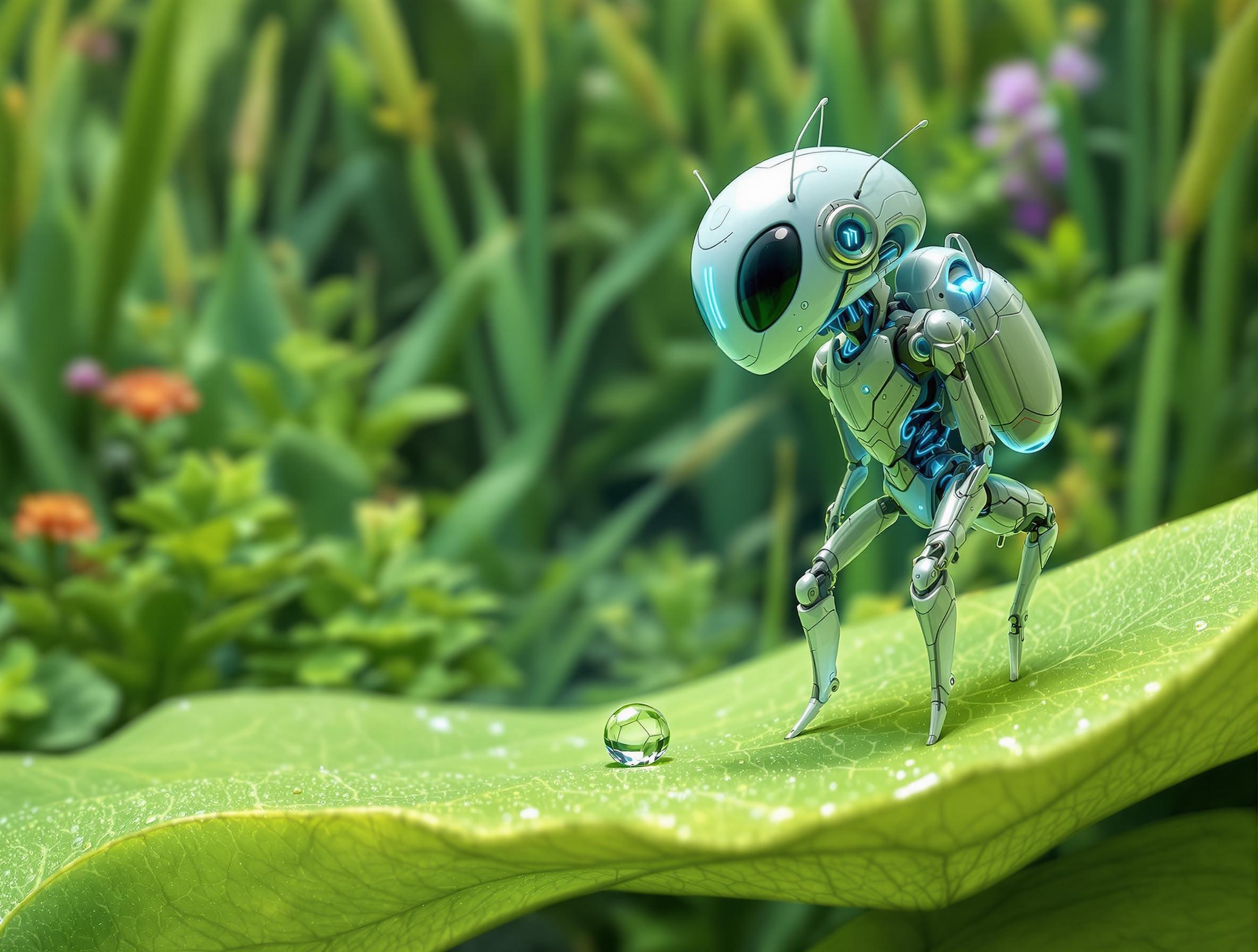Have you ever wondered what it would be like to shrink to the size of an ant? This scenario, straight out of a science fiction movie, raises fascinating and complex questions. Maintaining our human characteristics at a microscopic level would not only be inefficient but could also be extremely harmful. In this article, we will explore the challenges and necessary transformations a human would need to face to survive in such a tiny and hostile world.
Why Maintaining Our Characteristics Would Be Harmful
- Extreme Density: If a human were shrunk to the size of an ant while maintaining the same mass, the body's density would increase dramatically. This would make movement almost impossible, as the body's weight would be concentrated in a tiny space. Gravity would have a crushing effect, making even simple actions like walking difficult.
- Air Resistance: At such reduced sizes, air resistance would become a significant factor. Moving through the air would be like swimming in a viscous substance. Even a gentle breeze could displace or knock over the shrunken person.
- Physiological Problems: The human body is not designed to function at such small scales. Organs like the heart, lungs, and brain would not work properly. Blood circulation, respiration, and other vital functions would be compromised, making survival impossible.
How a Human Should Adapt at Ant Size
To face the new environment, a shrunken human would need several structural and functional modifications. Here are some of the necessary characteristics:
- Size and Proportions: The body should be proportionate to the size of an ant, meaning a length of about 3-5 mm. However, human body proportions would need to be adapted to maintain functionality and efficiency.
- Density and Mass: The body's density would need to be reduced to avoid issues related to gravity and mobility. The total mass would need to be significantly lower than that of a normal human, likely in the order of milligrams.
- Skeletal Structure: Bones would need to be lighter and stronger, similar to those of insects, which use an exoskeletal structure. This would help support the body's weight and allow for agile movement.
- Musculature: Muscles would need to be designed to provide greater relative strength, similar to that of ants, which can lift weights much heavier than their body weight. This could be achieved through a higher density of muscle fibers or the use of advanced biological materials.
- Respiratory System: The respiratory system would need to be adapted to function at reduced sizes. Insects use a tracheal system to diffuse oxygen directly to the tissues. A similar system might be necessary to ensure adequate oxygenation.
- Circulatory System: The heart and blood vessels would need to be resized and optimized to pump blood efficiently in a much smaller body. Blood viscosity might need to be altered to facilitate flow.
- Nervous System: The brain and nervous system would need to be resized while maintaining their complexity and functionality. This might require the use of smaller neurons or a higher density of synaptic connections.
- Sensory Organs: Eyes, ears, and other sensory organs would need to be adapted to perceive the environment at a reduced scale. For example, eyes might need higher resolution to see very small details.
- Skin and Protection: The skin would need to be more resistant and impermeable to protect the body from external agents and maintain hydration. A coating similar to that of insects might be necessary to provide additional protection.
- Metabolism: Metabolism would need to be accelerated to meet the energy demands of a smaller, more active body. This might require more frequent feeding or the use of more efficient energy sources.
- Communication: To communicate with other humans or the surrounding environment, new methods of communication, such as chemical signals or vibrations, might be necessary.
Shrinking to the size of an ant while maintaining our current physical characteristics would be not only harmful but also inefficient. To face the new environment, a shrunken human would need significant modifications in terms of structure, functionality, and adaptation. These modifications would require an advanced understanding of biology and bioengineering and might be beyond our current technological capabilities. However, exploring these ideas helps us better understand the limits and potential of the human body and future technologies.








Leave a Comment